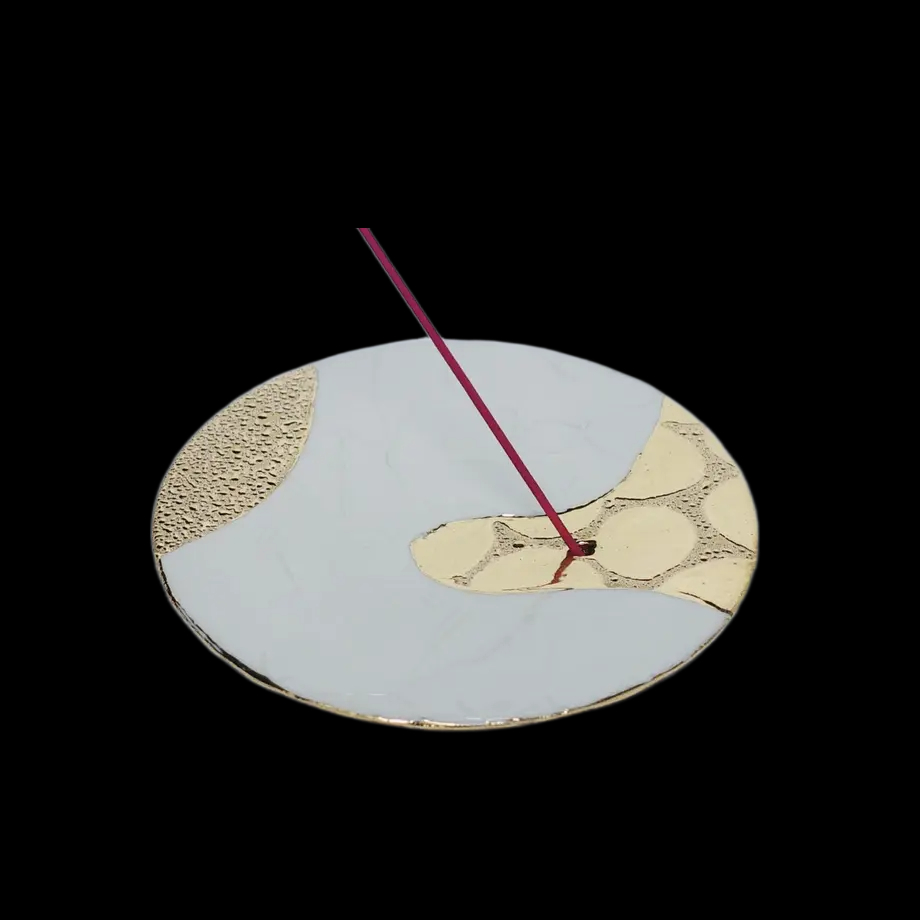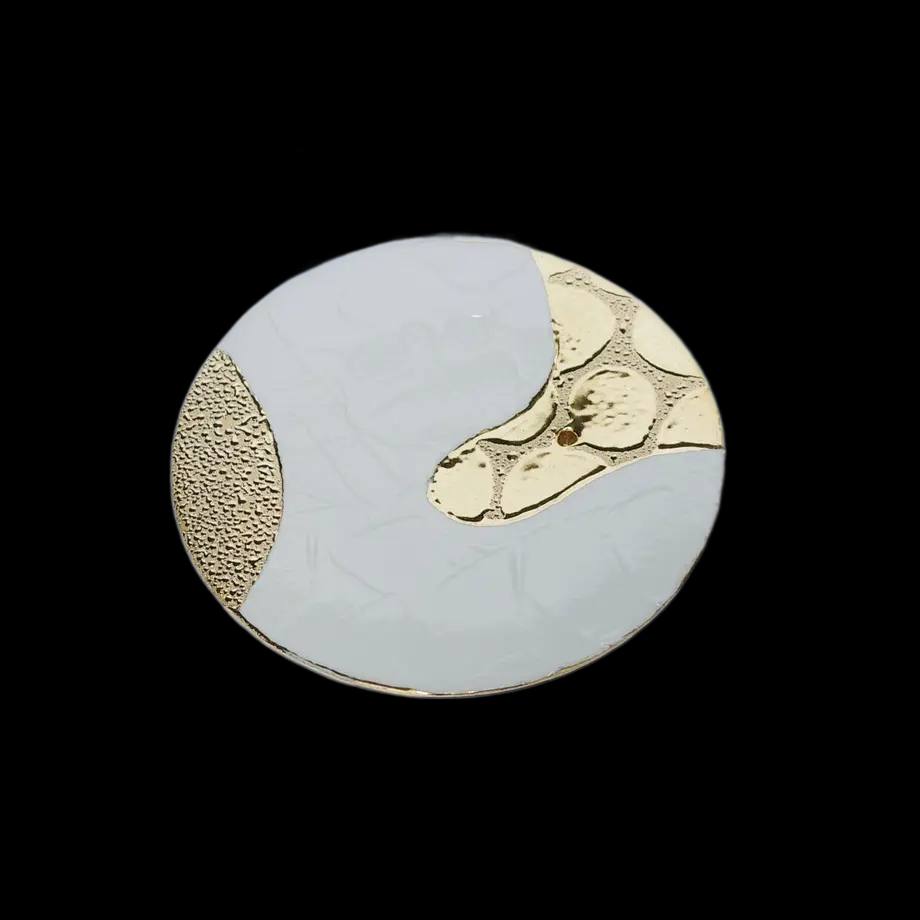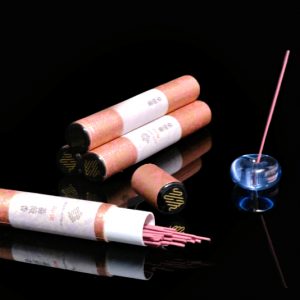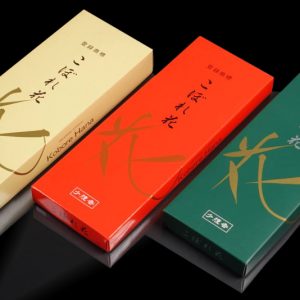香皿 京燒 清水燒
「京焼」和「清水焼」是日本京都地區的傳統工藝品之一。「京焼」是指在京都製作的陶瓷器的總稱,而「清水焼」則是指在五條坂通往清水寺的路上所製作的陶瓷器。然而,與其他地區的傳統陶瓷工藝品相比,京都的陶瓷器製作過程並沒有特別嚴格的要求,土壤的質量和製作技法也沒有固定的規定。製作方式靈活多變,以滿足當時貴族、茶人等人的需求。在京都的早期,人們開採陶土,用來製作不同種類的陶瓷器,如「粟田口焼」和「清水焼」等。這些在京都製作的陶瓷器統稱為「京焼」。隨著時間的推移,只有「清水焼」被保存下來,因此現在「京焼」和「清水焼」經常被互換使用。
“Kyoyaki” and “Kiyomizuyaki” are two of the traditional crafts of Kyoto, Japan. “Kyoyaki” is a general term for ceramics produced in Kyoto, while “Kiyomizuyaki” specifically refers to ceramics produced along the approach to Kiyomizu Temple on Gojozaka hill. However, the production process of Kyoto ceramics is not as strict as that of traditional ceramics from other regions. There are no specific requirements for the quality of the clay used or fixed techniques. The flexible production methods were developed to meet the needs of the aristocrats, tea masters, and other people who gathered in Kyoto at that time. In the early days of Kyoto, people mined clay and used it to produce different types of ceramics such as “Awata-yaki” and “Kiyomizuyaki”. These ceramics produced in Kyoto were collectively referred to as “Kyoyaki”. Over time, only Kiyomizuyaki has been preserved, and thus “Kyoyaki” is now often used interchangeably with “Kiyomizuyaki”.
茶道在安土桃山時代(1568年至1600年)開始普及,京都也因此開始製作茶具、扇子等工藝品,並且陶瓷器的製作也蓬勃發展。許多燒窯場開始生產粟田口燒、樂燒等陶瓷器,據說這是「京燒」的起源。
江戶時代(1603年至1868年)時期,許多著名的製陶職人如野野村仁清、尾形乾山等出現,「京燒」的價值也逐漸提高。明治時代(1868年至1912年)時,京燒・清水燒開始拓展海外市場,並且融合了新的技術和風格,生產出更多具有魅力的作品。
京燒・清水燒的特點是保持著高超的技術和全程手工製作,強調傳統的細膩特色。在京都被定為日本首都的時期,吸引了來自全國各地的優秀職人前來磨練技藝,這也是京燒・清水燒至今仍然引以為傲的原因。京燒・清水燒沒有固定的技法和特色,它融合了各種不同的技術,並且不同的職人製作的作品也有著不同的風格和特色。
京燒・清水燒是日本京都地區的陶瓷藝術品之一,源遠流長,至今仍然保持著傳統的技術和精神,並且在世界各地享有盛譽。
The popularity of tea ceremonies in the Azuchi-Momoyama period (1568-1600) led to the production of craft items such as tea utensils and fans, as well as a flourishing of ceramic production in Kyoto. Many kilns began producing ceramics such as Awata-yaki and Raku-yaki, which are said to be the origins of “Kyoyaki.”
During the Edo period (1603-1868), many famous pottery artists such as Nonomura Ninsei and Ogata Kenzan emerged, and the value of “Kyoyaki” gradually increased. In the Meiji period (1868-1912), Kyoyaki and Kiyomizu-yaki began to expand into overseas markets and incorporated new techniques and styles, resulting in more attractive works.
The characteristics of Kyoyaki and Kiyomizu-yaki are their high-level techniques and fully handcrafted production, emphasizing traditional delicate features. During the period when Kyoto was the capital of Japan, it attracted excellent craftsmen from all over the country to hone their skills, which is still a source of pride for Kyoyaki and Kiyomizu-yaki today. Kyoyaki and Kiyomizu-yaki do not have fixed techniques or features; they incorporate various techniques, and the works produced by different craftsmen have different styles and characteristics.
In summary, Kyoyaki and Kiyomizu-yaki are ceramic art forms in the Kyoto region of Japan with a long history that still maintain traditional techniques and spirit, and are highly regarded around the world.







商品評價
目前沒有評價。